Introduction
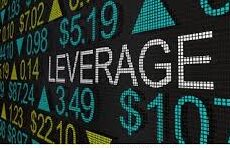
Leverage and margin buying and selling are powerful equipment that permit traders to increase their potential profits, but in addition they include sizable risks. In the short-paced world of cryptocurrency trading, know-how these ideas is vital for all of us trying to maximize their returns. Whether you are a seasoned dealer or a newcomer, getting to know leverage and margin trading can provide you with the brink needed to reach risky markets. This guide will walk you thru the fundamentals of leverage and margin trading, offer techniques to mitigate dangers, and assist you navigate the complexities of those superior buying and selling techniques.
What is Leverage and Margin?
Leverage and margin trading involves using borrowed funds to increase the size of your trades. Leverage allows you to control a larger position with a smaller amount of your own capital, magnifying potential returns and risks. Margin is the collateral needed to open and maintain a leveraged position. For instance, a 5:1 leverage means you need 20% of the trade’s value as margin. While leverage enhances profit potential, it also heightens the risk of losses, making careful management essential.
What is Leverage in Trading?

Leverage trading is the exercise of the usage of borrowed capital to boom the ability go back on funding. In cryptocurrency buying and selling, leverage allows you to manipulate a massive role with a extraordinarily small quantity of capital. For instance, in case you use 10x leverage, you can manage a function really worth $10,000 with just $1,000 of your personal cash.
Leverage is usually expressed as a ratio, which includes 2:1, 5:1, or 10:1. The better the ratio, the more borrowed capital you are using relative in your personal funding. While leverage can drastically growth your capacity earnings, it can also increase your losses. For example, in case your alternate moves towards you by 10%, a 10x leveraged position ought to bring about a one hundred% lack of your initial capital.
Example Scenario:
Imagine you invest $1,000 in Bitcoin with 10x leverage. This means you control $10,000 worth of Bitcoin. If the rate of Bitcoin will increase by way of five%, your position might be really worth $10,500, providing you with a $500 profit, that’s a 50% return in your preliminary $1,000 funding. However, if the price of Bitcoin drops through five%, your role could be worth $nine,500, resulting in a $500 loss, wiping out 50% of your initial capital.
Understanding the risks and rewards related to leverage is important for making knowledgeable buying and selling choices. It’s critical to manage your risk carefully and only use leverage if you have a clean approach in area.
Understanding Margin Trading
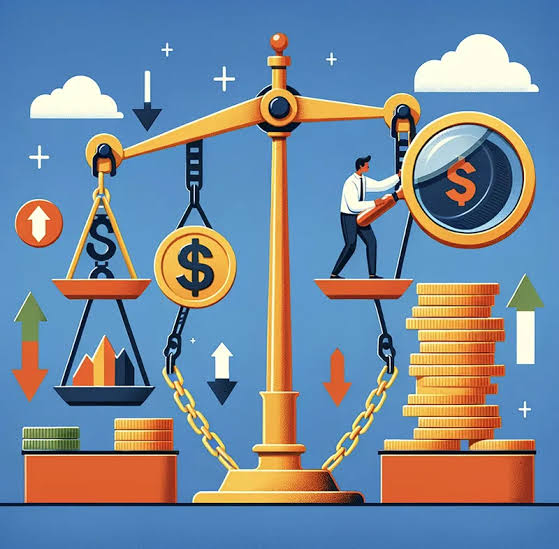
Margin buying and selling involves borrowing price range from a dealer or alternate to change an asset. The periphery is the quantum of your veritably own cash that you have to deposit as collateral for the loan. The influence rate determines the quantum of periphery needed. For illustration, if you are buying and dealing with 41 influence, you want to deposit 25 of the overall exchange figure as periphery.
In periphery trading, your original periphery is the minimum quantum needed to open a part. The keep periphery is the minimum stability you must keep to save your position open.However, you will admit a periphery call, taking you to deposit redundant finances or hazard having your function liquidated, If the cost of your position falls below the conservation periphery.
Example:
Illustration of a Margin Trade
Let’s say you want to protect for$ 10,000 worth of Ethereum( ETH) with 51 influence. You might need to deposit$ 2,000 as margin.However, your function would be really worth$ 11, 000, If the figure of ETH will increase via 10. still, if the rate drops through 10, your function would be well worth$ 9,000, and you’ll dodge a$ 1,000 loss.However, you could face a periphery call, If your losses reason your account balance to fall underneath the preservation periphery.
periphery trading lets in you to take larger positions than you can with your veritably own capital on my own, but it also will increase the trouble of substantial losses. It’s important to understand the periphery conditions and hold a wholesome periphery degree to keep down from liquidation.
Leverage and Margin Trading in Forex
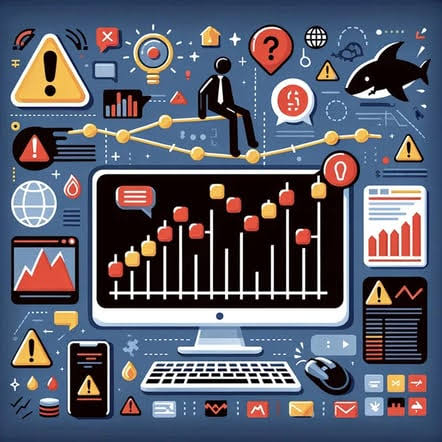
Leverage and margin trading in Forex allows traders to control a larger position with a smaller amount of capital. Leverage amplifies potential returns by borrowing funds, while margin is the collateral required to open and maintain a leveraged position. For example, with 100:1 leverage, a $1,000 margin allows you to control a $100,000 position. However, while leverage can magnify profits, it also increases risk, making it crucial to manage trades carefully and understand the potential for significant losses. Proper use of leverage and margin is essential for effective Forex trading.
How Leverage and Margin Work Together
Leverage and margin are closely related concepts. When you trade with leverage, you’re essentially using margin to control a larger position. The amount of margin required is determined by the leverage ratio. For example, with 10x leverage, you need 10% of the total position value as margin.
The interplay between leverage and margin can significantly impact your trading. For example, using high leverage increases your exposure to market movements, both positive and negative. A small adverse price movement can lead to a margin call if your margin level falls below the required amount.
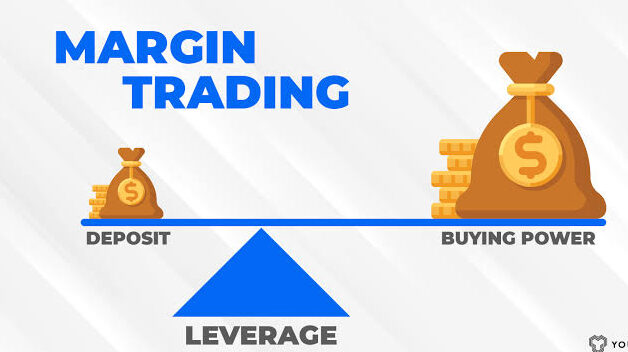
Leverage and Margin Trading Management
Effective leverage and margin trading management involves balancing risk and potential reward. Leverage allows traders to control larger positions with a smaller amount of capital, but it also amplifies both gains and losses. Managing leverage requires setting appropriate limits based on your risk tolerance and trading strategy. Proper margin management means maintaining enough collateral to avoid margin calls and potential liquidation. Implementing stop-loss orders and regularly monitoring your positions can help manage risk and protect your capital while trading with leverage.
Margin Calls
A periphery call occurs when your account balance falls below the conservation periphery. To meet the periphery call, you need to either deposit fresh finances or close out some of your positions.However, the broker may liquidate your position to cover the losses, If you fail to do so. periphery calls can be stressful and can lead to significant losses if not managed duly.
Risks of Over-Leveraging:
Over-leveraging occurs when you use too much leverage relative to your account size. This increases the risk of a margin call and potential liquidation. Over-leveraging can lead to substantial losses, especially in volatile markets like cryptocurrency, where prices can move rapidly and unpredictably.
To mitigate the risks of leverage and margin trading, it’s crucial to maintain a healthy margin level, use appropriate leverage for your trading strategy, and set stop-loss orders to limit potential losses.
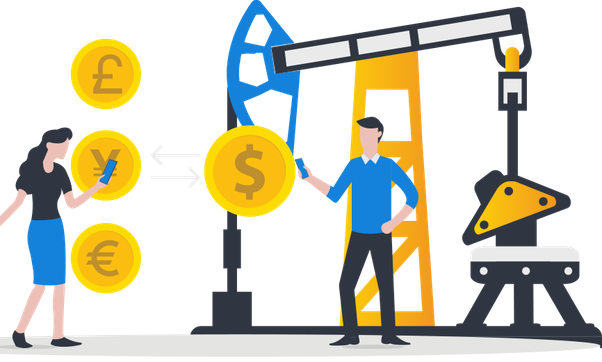
Leverage and Margin Trading: Key Differences
Leverage and margin trading are related but distinct concepts. Leverage refers to the use of borrowed funds to increase the size of a trade, allowing traders to control larger positions with a smaller initial investment. Margin trading, on the other hand, involves using your own capital as collateral to secure these borrowed funds. While leverage magnifies both potential profits and losses, margin is the amount of capital required to open and maintain a leveraged position. Understanding these differences is crucial for effective risk management in trading.
Strategies for Effective Leverage and Margin Trading
When trading with leverage and margin, it’s important to have a clear strategy in place to manage risk and maximize potential returns. Here are some effective strategies for leverage and margin trading:
1. Scalping:
Scalping involves making a large number of small trades to take advantage of minute price movements. When combined with leverage, scalping can amplify profits from small price changes. However, it also increases the risk of losses, so it’s essential to use tight stop-loss orders and closely monitor the market.
2. Day Trading
Day trading involves opening and ending positions within the same trading day to subsidize on short- term price movements. Leverage can be useful for day traders looking to maximize their returns on short-term trades. However, it’s important to avoid over-leveraging and to have a clear exit strategy to minimize risk.
3. Swing Trading
Swing trading involves holding positions for several days or weeks to take advantage of medium- term price movements. Leverage can help increase potential returns in swing trading, but it also increases the risk of holding leveraged positions overnight or over weekends when the market can be more volatile.
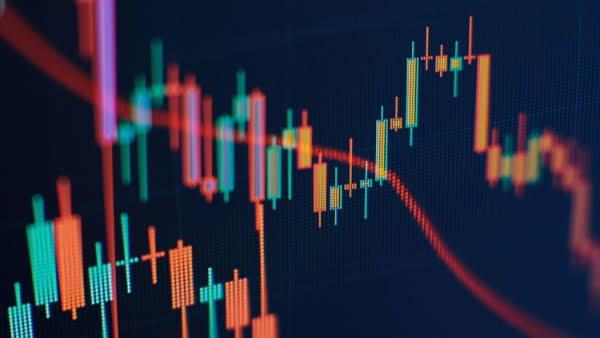
Risk Management Techniques:
- Stop-Loss Orders: Setting stop-loss orders is crucial for limiting potential losses. A stop-loss order automatically closes your position when the price reaches a predetermined level, helping to protect your capital.
- Position Sizing: Proper position sizing ensures that you don’t risk too much of your capital on a single trade. It’s recommended to risk only a small percentage of your account balance on each trade, especially when using leverage.
- Diversification: Diversifying your trades across different assets or markets can help reduce risk. Avoid putting all your capital into a single leveraged position.
By combining these strategies with effective threat operation, you can increase your chances of success in influence and periphery trading.
Leverage and Margin Trading Account
A leverage and margin trading account allows traders to use borrowed funds to increase their trading capacity. In this type of account, traders deposit a margin, which acts as collateral for taking on larger positions than their account balance would normally permit. Leverage amplifies both potential gains and losses by letting traders control larger positions with a smaller amount of capital. Managing this account effectively involves monitoring margin levels and leveraging wisely to avoid excessive risk and potential margin calls.
Tools and Platforms for Leverage and Margin Trading

Choosing the right tools and platforms is essential for successful leverage and margin trading. Different platforms offer varying levels of leverage, fees, and user experience. Here’s an overview of some popular platforms and tools for leverage and margin trading:
Popular Platforms:
- Binance: Binance offers a wide range of cryptocurrencies for margin trading with up to 10x leverage. The platform is user-friendly and provides advanced trading features, including margin calculators and real-time market data.
- BitMEX: BitMEX is known for its high leverage options, offering up to 100x leverage on certain cryptocurrencies. It’s popular among experienced traders but may be challenging for beginners due to its complex interface.
- Kraken: Kraken offers margin trading with up to 5x leverage on a selection of cryptocurrencies. It’s known for its security features and regulatory compliance, making it a good option for traders who prioritize safety.
Trading Tools:
- Margin Calculators: Margin calculators help you determine the required margin for your trades based on the leverage ratio and position size. This tool is essential for planning your trades and managing risk.
- Position Size Calculators: Position size calculators help you determine the appropriate size of your trade based on your risk tolerance and account balance. This tool ensures that you don’t over-leverage and risk too much on a single trade.
- Technical Analysis Tools: Technical analysis tools, such as charting software and indicators, help you analyze price movements and identify potential entry and exit points for your trades.
When choosing a platform, consider factors such as leverage options, fees, security, and user experience. It’s also important to familiarize yourself with the platform’s features and tools to make the most of your leverage and margin trading.
How Leverage Affects Margin Trading

Leverage in margin trading magnifies both potential gains and losses by allowing traders to control larger positions with a smaller amount of their own capital. For example, with 10:1 leverage, a $1,000 margin lets you trade a $10,000 position. While leverage can amplify profits, it also increases the risk of significant losses if the market moves unfavorably. Effective use of influence requires careful threat operation to insure that the periphery remains sufficient and to avoid periphery calls and implicit liquidation.
Common Mistakes to Avoid in Leverage and Margin Trading
Leverage and margin trading can be highly profitable, but they also come with significant risks. There are some common miscalculations to avoid:
1. Over-Leveraging: One of the most common mistakes is using too much leverage relative to your account size. Over-leveraging increases the risk of margin calls and potential liquidation. To avoid this, use leverage conservatively and ensure that you have enough margin to cover potential losses.
2. Emotional Trading: Trading based on emotions, such as fear or greed, can lead to poor decision-making. Emotional trading often results in over-leveraging, chasing losses, or holding onto losing positions for too long. To avoid emotional trading, stick to your trading plan and use stop-loss orders to manage risk.
3. Ignoring Margin Calls: Ignoring margin calls can lead to the liquidation of your position and significant losses. It’s important to monitor your margin levels and be prepared to deposit additional funds or close positions if necessary. Setting up alerts for margin calls can help you stay on top of your trades.
4. Lack of Education: Many traders jump into leverage and margin trading without fully understanding the risks involved. It’s essential to educate yourself on how leverage and margin work, as well as the strategies and tools available to manage risk. Consider starting with a rally account to practice trading without risking real plutocrat.
5. Poor Risk Management: Failing to implement proper risk management techniques, such as stop-loss orders and position sizing, can lead to substantial losses. Risk management should be a key component of your trading strategy, especially when using leverage.
By avoiding these common mistakes and focusing on education and risk management, you can improve your chances of success in leverage and margin trading.
Legal and Regulatory Considerations
Leverage and margin trading are subject to varying regulations depending on the country and jurisdiction. Understanding the legal and regulatory landscape is crucial for traders to avoid potential legal issues and ensure compliance.
Regulatory Landscape: In some countries, leverage limits are strictly regulated to protect traders from excessive risk. For example, in the European Union, the European Securities and Markets Authority (ESMA) has imposed leverage limits on retail traders, capping leverage at 2:1 to 30:1 depending on the asset class. In contrast, other countries may have more lenient regulations, allowing higher leverage ratios.
Impact on Trading: Regulations can affect the availability of leverage and margin trading options, as well as the requirements for opening and maintaining accounts. Traders should be aware of the regulatory environment in their country and choose platforms that comply with local laws.
Legal Responsibilities and Rights: Traders have legal responsibilities when using leverage and margin, such as maintaining sufficient margin levels and complying with margin calls. It’s important to understand your rights as a trader, including the ability to dispute margin calls or liquidation if you believe they were executed incorrectly.
Future Trends in Regulation: As cryptocurrency trading continues to grow, regulators are likely to impose stricter rules on leverage and margin trading to protect investors. Traders should stay informed about regulatory changes and be prepared to adapt their strategies accordingly.
Conclusion
Leverage and margin trading offer exciting opportunities for traders to amplify their potential profits, but they also come with significant risks. By understanding the fundamentals of leverage and margin trading, implementing effective strategies, and practicing proper risk management, you can navigate the complexities of these advanced trading techniques.
Whether you’re a novice or an experienced trader, education is key to success in leverage and margin trading. Start small, practice with demo accounts, and continuously seek to improve your knowledge and skills. With the right approach, leverage and margin trading can be a powerful tool in your trading arsenal.
Call-to-Action: Explore educational resources, online courses, and mentorship programs to deepen your understanding of leverage and margin trading. Consider starting with a small, well-managed account to apply the concepts discussed in this guide and build your confidence as a trader.